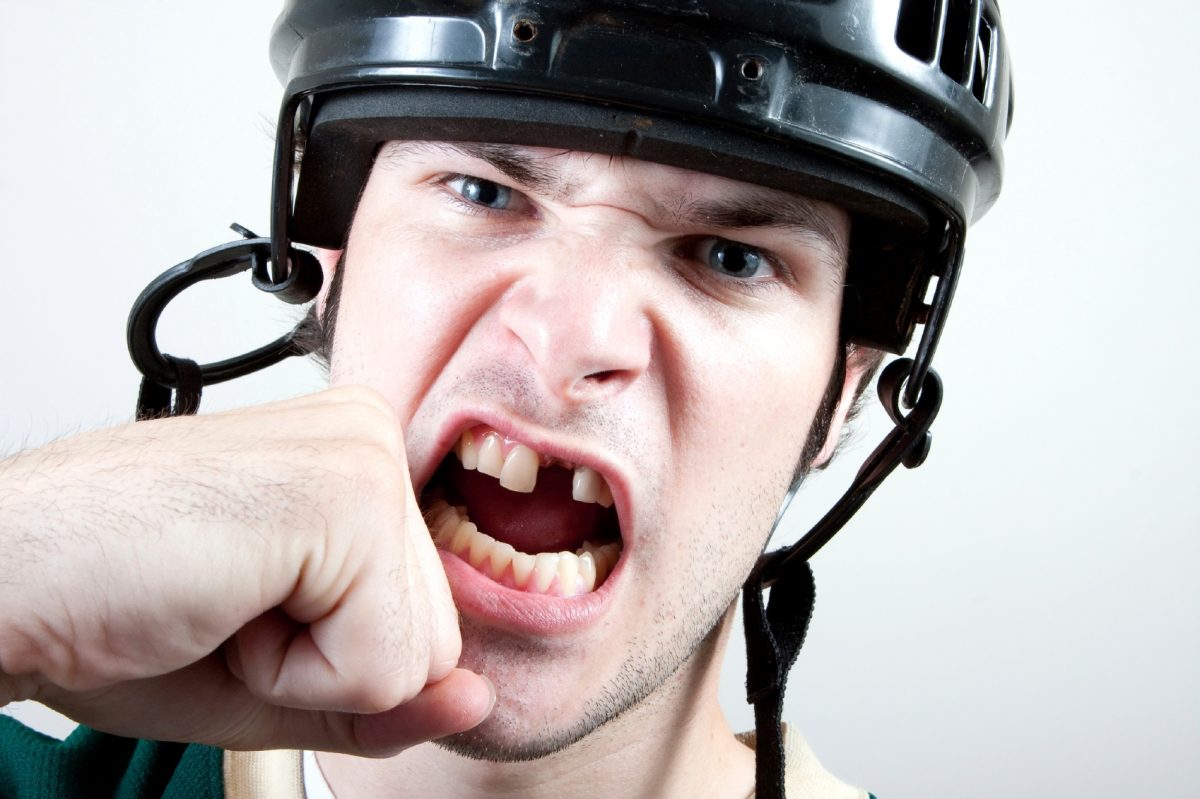Interest in sports is on the rise worldwide and more and more people are participating in it. Due to this, there is a rise in the risks and injuries that come with sports. Dental injuries are not as common but they are serious enough to ruin or slow down your career as an athlete, especially if you participate in contact sports. The most common sport related injuries with dental issues include boxing, martial arts, basketball, hockey, football etc.
Luckily, many dental injuries can be prevented and treated with the proper equipment and technician on site, which is why it’s important for every team to have a dentist present during games. Players should also have dental insurance. Dental insurance is basically the same as the other insurances but it has cheaper rates. To protect yourself it is safer to invest in one of the best dental care insurance plans.
Here are a few dental sport related injuries to look out for.
1. Crown and enamel fractures
Crown fractures are very common. In most instances it only affects the enamel of the tooth and the dentin. Enamel fractures are easier to detect since you may feel some roughness on your tooth when it comes into contact with your tongue.
To correct this fracture, your doctor can contour the edges of your tooth. However, most enamel fractures are not considered as emergencies and only get treated during routine dental visits.
2. Enamel-dentin fractures
If you have an enamel dentin fracture, you will experience pain whenever your dentin is touched. When you take cold drinks, or when subjected to air.
In case of an enamel fracture injury, you should find the fragment and put it in a balanced saline solution or milk and rush to the dentist. This way, the fragment can be reattached successfully. Another option is to use medicine to reduce the sensitivity you feel as you wait to visit your doctor for treatment.
3. Enamel-dentin-pulp fractures.
This is a very complex fracture which needs proper evaluation before treatment. Treatment is usually done depending on the tooth’s age and the pulp status. If there is no dentist available when the sport related injuries occurs, an enamel-dentin-pulp fracture will bleed from the pulp chamber and you will experience sensitivity to pain or stimuli. This is why it is considered an emergency.
4. Root fractures
Root fractures are less common than crown fractures. There are three types of root fracture, apical root fractures, middle root fracture and cervical root fractures. Apical root fractures have a better chance of healing fast although they can go unnoticed immediately they occur.
Middle root fractures can heal quickly too depending on how quick you respond to the injury when it occurs. It is easily noticeable even without going to the doctor because the affected tooth will not be aligned with the other teeth and there could be bleeding. The affected tooth can also rotate slightly when touched. For treatment, you should bite on the tooth to keep it in place as you go to the doctor for splinting. Maintain proper hygiene during the healing process to avoid infections.
Cervical root fractures are not easy. The treatment is similar to middle rate fractures but it’s not a guarantee that your tooth will be restored.
5. Avulsion
To treat an avulsed tooth the first fifteen minutes are very critical. First you have to find the tooth, handle the crown and not the root of the tooth. Sterilize the tooth with saline or milk and reposition it in the socket in a way that you can bite on it to keep it in place until you meet your dentist.
6. Jaw dislocation
If you experience visual deformity or some inability to move your jaw with ease, you may have dislocated your jaw. Moving your jaw back and forth as you await a visit to the dentist might help. If there is a delay, your jaw could swell.
7. Soft tissue injuries
These are the most common sport related injuries. It is caused by direct trauma. Regular visits to the dentist help since they check the gums, cheeks, tongue, and mandible for injuries and give appropriate treatment.
Conclusion
Oral injuries are here to stay with the increase in sports participation. However, they can be avoided by using mouth guards. Its purpose is to protect your soft tissues and reduce lip lacerations, act as a shock absorber thus preventing jaw and tooth fractures, support oral cavity by filling in missing teeth spaces.
There are three types of commonly used mouth guards: custom made, stock mouth guards and boil-and-bite mouth guards. Whichever you choose, you will be safer and avoid dental injuries associated with sports.








